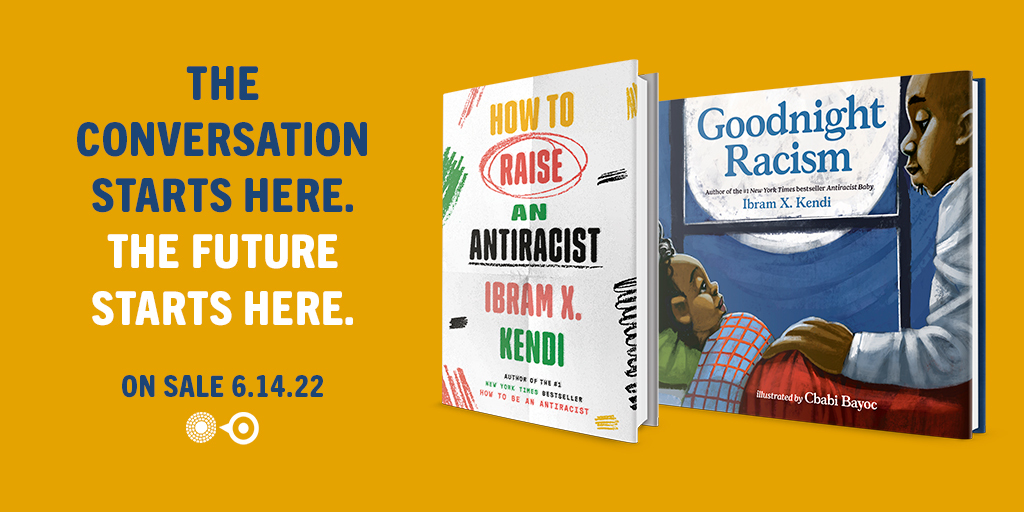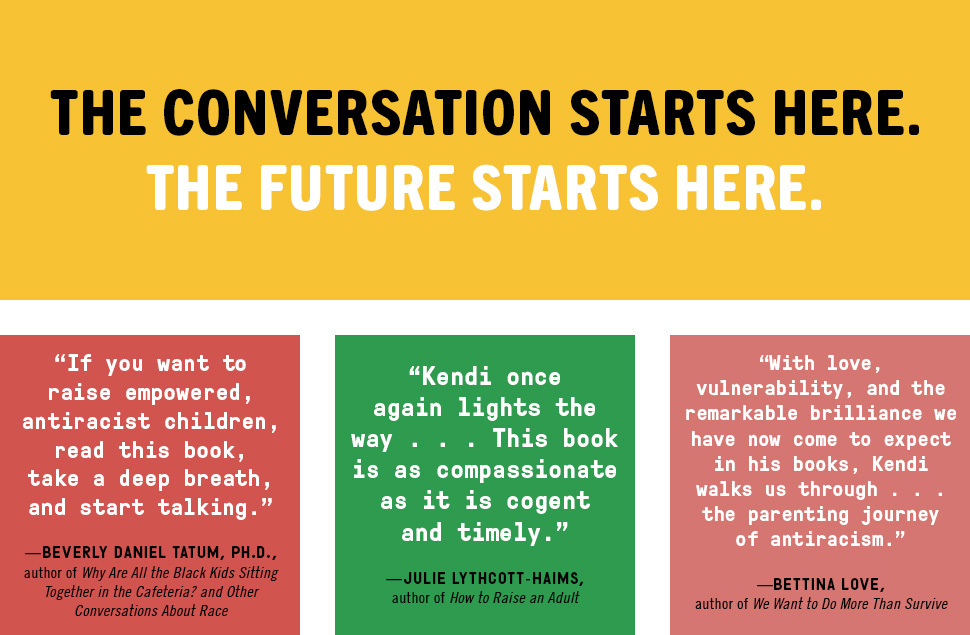Chapter 1
Birth of DenialThe gravity of the emergency hit Sadiqa when she arrived at the hospital. She entered the labor and delivery unit, where days earlier a nurse told her nothing was wrong. Multiple nurses now surrounded her knowing something was very wrong. Doctors rushed into the room almost as soon as she was wheeled in. As a pediatric ER doctor, Sadiqa knew that when a mass of nurses and doctors hurry into your room, it’s a problem.
She got scared.
When my mother—Ma—came into the room, Sadiqa let her tears go. “I’m really, really scared, you know,” she said.
My mother was at the beauty parlor when I called. Ma put on a slumber cap and darted to the hospital. You know the situation is grave when an elderly Black woman shows herself in public with a slumber cap.
Ma cradled Sadiqa’s tears and fears in prayer. She offered a fervent prayer at the bedside—overtaking the clamor of footsteps and voices and machines—enjoining the Lord Almighty to intervene. To stop the delivery.
“In the name of Jeee-sus-uh!” she closed as she always does. “Amen! Amen! Amen.”
Meaning I believe! I believe! I believe.
Ma did.
“We’ll get through it,” Ma said, holding Sadiqa’s hand. “We’ll get through this okay.” Sadiqa heard the conviction in Ma’s voice.
Sadiqa’s parents lived three hours away. I called and asked them to come. But I wasn’t there yet myself! When Sadiqa and I had spoken before the ambulance arrived at the clinic, she expressed worry about the dilation, about our baby. But mostly she went on and on about her car.
“What’s going to happen to it?” she asked me on the phone. “We can’t leave it here. They won’t let me drive it!”
She was upset. The car, her immobility—an allegory. Mostly, Sadiqa was in disbelief. She saved babies for a living. How could she entertain the thought of losing her baby? Who could?
Perhaps thoughts of the car allowed her to maintain a deeper denial as she rode to the hospital. She worried aloud about the car and kept on joking with the EMTs, laughing with them to hold off from crying.
I did not want Sadiqa worrying about the car. I called Dad and asked him to pick me up from my home. We’d get Sadiqa’s car and speed to the hospital. The retrieval gave me something to do for my partner. Maybe I was in denial, too.
Picking up the car bought me time. Before I could hold her up, I needed to stop beating myself down for not accompanying her to the appointment in the first place. When we went through past medical emergencies, we were yoked, physically and emotionally. When she faltered, I faltered. When I faltered, she faltered.
Months after we wed in 2013, Sadiqa was diagnosed with invasive breast cancer. Surgery and chemotherapy cured her. We did not expect to conceive after her chemotherapy. Now we didn’t know if our baby would survive. Still reeling from the terrifying scare of her cancer diagnosis, I silently battled thoughts of the worst throughout the pregnancy. Convinced myself all was good when she first noted her discharge, when it wasn’t. A feigned optimism concealed a suppressed fear, and all the while kept me from a measured realism.
The tension between outward optimistic denial and inward fear is probably familiar to any caregiver. This tension applies to how we approach teaching our children about racism. Caregivers want to believe, optimistically, that their children don’t need to learn about it. But that belief is often driven by a fear—the fear of having to confront the troubling truth. We convince ourselves that it is better for our children if we don’t teach them about racism.
Or is it better for us? How often do we put off these hard conversations and claim it is about protecting our children when it is really about protecting ourselves? When our babies are born, is our denial born with them? The sound of that denial: Racism is not around my child. Or: My child will be unaffected by the racism around them. No matter what is in fact around our child, no matter what we don’t do, no matter how the child is affected—the sound of our denial remains.
We deny the harmful structure of racism as surely as we don’t want to be identified as racist. That’s not who we are. But racist and antiracist don’t describe who a person is in an absolute sense; they describe us from moment to moment, based on what we’re doing and why we’re doing it. Racist and antiracist are descriptive terms, not fixed categories, not identities, not reflections of what’s in anyone’s bones or heart.
The popular perception that racist and antiracist define a person rather than describe a person in any given moment doesn’t account for human complexity, for individuals living in contradiction, for individuals holding both racist and antiracist ideas. If there’s anything I’ve learned while researching the history of racism, it’s that individuals constructing or deconstructing it are deeply complex. Countless individuals advocate for both racist and antiracist policies at different times. And so how can they be identified as essentially racist or antiracist? Humans can change, moment to moment, or grow, even after being raised to be racist, as so many of us are, without our even realizing it. The way to account for this human complexity is to say that what we are doing or not doing in each moment determines whether we are being racist or being antiracist in that moment. When one is saying that Black people are not more dangerous than White people, one is being antiracist. If in the next moment, one is supporting a policy that maintains the racial wealth gap, one is then being racist.
Racist and antiracist describe individuality—an individual idea or policy or institution or nation or person—while racism and antiracism describe connectivity or what’s systematic, structural, and institutional. When an individual cop pulls me over because he suspects wrongdoing because I’m Black, this cop is being racist. If I try to hold him accountable for racially profiling me, I must face the power and policy structure that empowers and protects cops like him as they keep racially profiling, arresting, brutalizing, and killing Black people like me at the highest rates. Racism manifests itself as a powerful collection of policies that lead to racial inequity and injustice and are justified by ideas of racial hierarchy. Meanwhile, antiracism is the very opposite: a powerful collection of policies that lead to racial equity and justice and are justified by ideas of racial equality.
To construct antiracism, to be antiracist, we must admit the times we are being racist. To raise an antiracist, caretakers must first overcome that inner voice of denial. They must acknowledge the gravity of the emergency—our society is dangerously racist—and the gravity of their power—I can still raise a child to be antiracist.
How we raise a child depends, at least in part, on how we racially socialize the child. What does it mean to “racially socialize” a child? It refers to the ways that we talk about race and racial groups in verbal and nonverbal ways with our kids—often unwittingly. Caregivers commonly and perhaps unknowingly socialize their children in the way they were socialized. But the way we talk about race and racial groups with our kids matters deeply.
Caretakers deploy four predominant forms of racial socialization. Two of these forms are antiracist; two are racist. They are: promotion of mistrust, cultural socialization, preparation for bias, and color blindness. I suspect caregivers engage in different forms at different ages and times, slipping in and out of racist and antiracist modes.
The most well-known racist form of socialization is promotion of mistrust, which “may be communicated in parents’ cautions or warnings to children about other racial groups.” When decades ago caregivers might have used explicit racial language, now promoting mistrust for people of color might take a euphemistic form but still have profound effects on our kids. It appears in phrases like “be careful around those kids,” or “stay away from that girl,” or “no, you can’t sleep over there,” or “they are ghetto,” or “their parents don’t care,” or “that’s a bad school,” or “they’re taking over,” or “she looks grown,” or “he looks dangerous.” The subjects in these lines are typically people of color, and their institutions and neighborhoods. This degradation can happen to White people and their institutions and neighborhoods. But despite what some people believe, it is rare for Black parents to promote mistrust of White people with their kids.
It is racist to promote mistrust of any racial group of people. On the other hand, it is antiracist to promote mistrust of racist ideas, practices, policies, and behaviors. To be antiracist is to promote distrust of racism and dehumanization, while promoting trust of antiracism and humanity.
Copyright © 2022 by Ibram X. Kendi. All rights reserved. No part of this excerpt may be reproduced or reprinted without permission in writing from the publisher.




